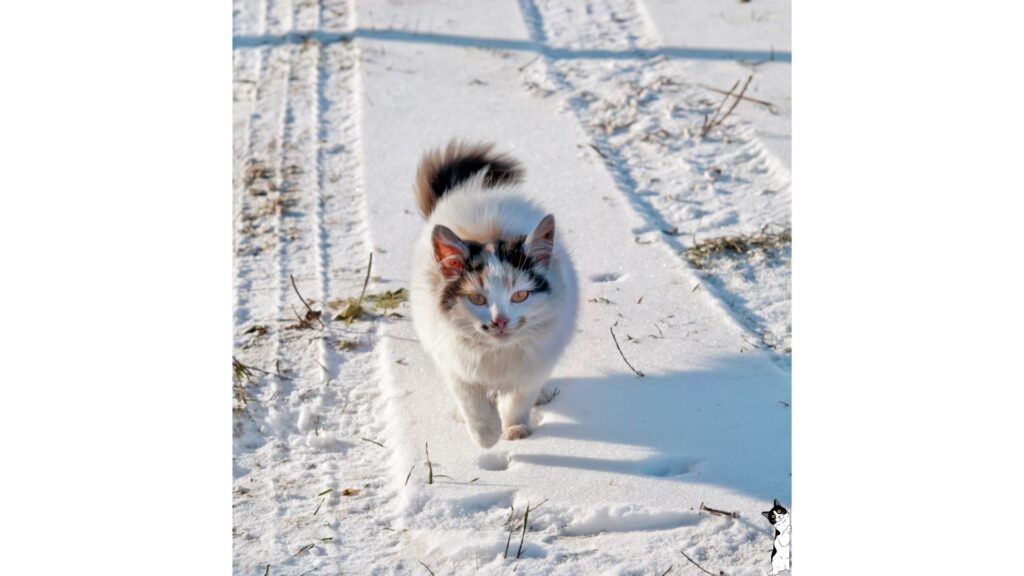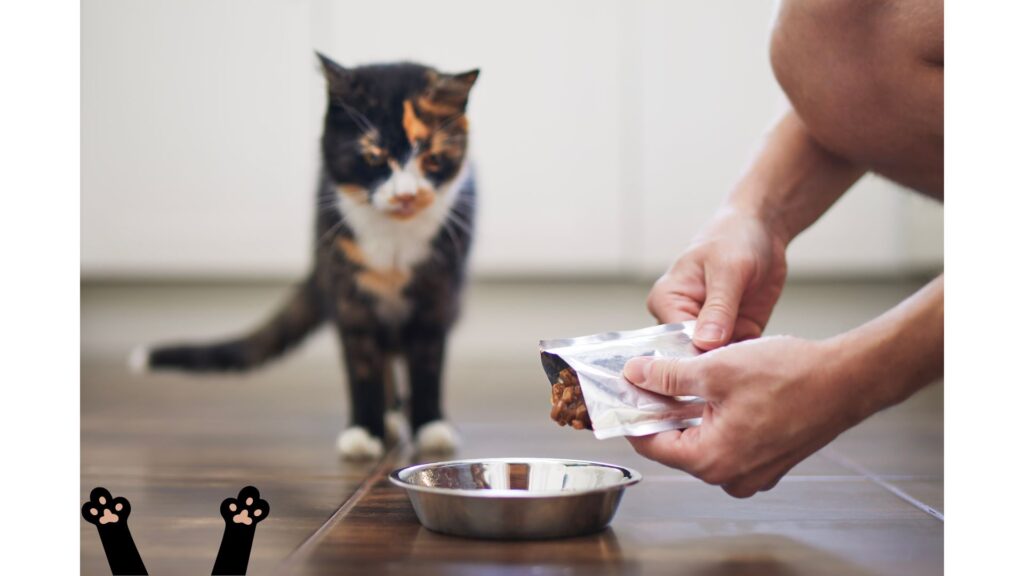As the festive lights dim and the warmth of the holiday season fades away, we often find ourselves facing the cold embrace of January. This month, known for its short, gloomy days and long, chilly nights, doesn’t just affect us humans; our feline friends also experience what many refer to as the “January Blues”. But what does this mean for our cats, and how can we help them through these winter mood changes? Let’s dive in.

Recognizing the Signs of January Blues in Cats
Cats are creatures of habit and any shift in their environment or routine can lead to stress or mood changes. During the winter months, especially in January, signs that your cat might be experiencing the blues include:
Less Activity: Just like humans, cats can become less active during winter. They might spend more time sleeping or find a cozy spot and hardly move from it.
Changes in Appetite: Some cats eat more in winter in an attempt to put on weight for warmth, while others might lose their appetite due to less physical activity.
Altered Behavior: Your normally sociable cat might become more withdrawn and less interested in playing or interacting.
Why Do Cats Get the January Blues?
Several factors contribute to these mood changes during the colder months:
Less Sunlight: Reduced daylight hours can affect your cat’s mood. Sunlight plays a critical role in regulating moods, and the lack of it can lead to a form of feline Seasonal Affective Disorder (SAD).
Colder Temperatures: The drop in temperature can make your cat feel lethargic and less inclined to be active.
Changes in Routine: The holiday season often brings about changes in household routines which can stress pets. As things return to normal in January, your cat might need time to adjust.

Helping Your Cat Combat the January Blues
Here are some tips to help your feline friend navigate through these mood changes:
Create a Cozy Environment: Ensure your cat has a warm, comfortable place to retreat to. Soft bedding and heated pet mats can make a big difference.
Encourage Playtime: Interactive toys and engaging activities can help keep your cat active and mentally stimulated.

Maintain Routine: Try to keep your cat’s daily routine as consistent as possible. Regular feeding times and play sessions can provide a sense of security.
Maximize Sunlight Exposure: Open curtains during the day and create a cozy spot near a window where your cat can bask in the sunlight.
Consider a Check-Up: If you notice a significant change in your cat’s behavior or mood that doesn’t improve, it’s always a good idea to consult with a veterinarian to rule out any underlying health issues.

Conclusion
January doesn’t have to be a gloomy time for your cat. With understanding and a bit of extra care, you can help your pet overcome the winter blues and enjoy the season. Remember, the warmth and comfort you provide during these colder months can make all the difference in your cat’s mood and wellbeing.
By staying attentive to their needs and making slight adjustments to their care routine, you can ensure your cat remains happy and healthy, eagerly awaiting the return of spring’s warmth and vibrancy. Don’t let the January Blues dull the sparkle in your cat’s eyes; with your love and care, they can find joy in the stillness of winter.



